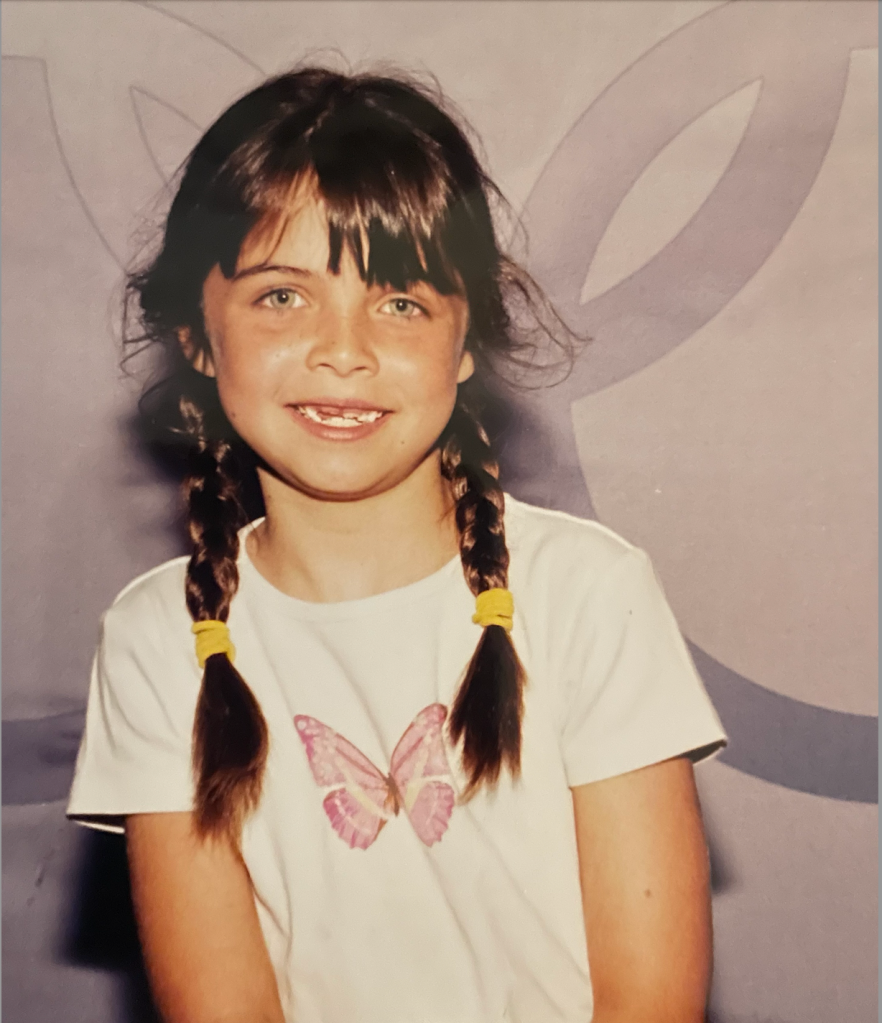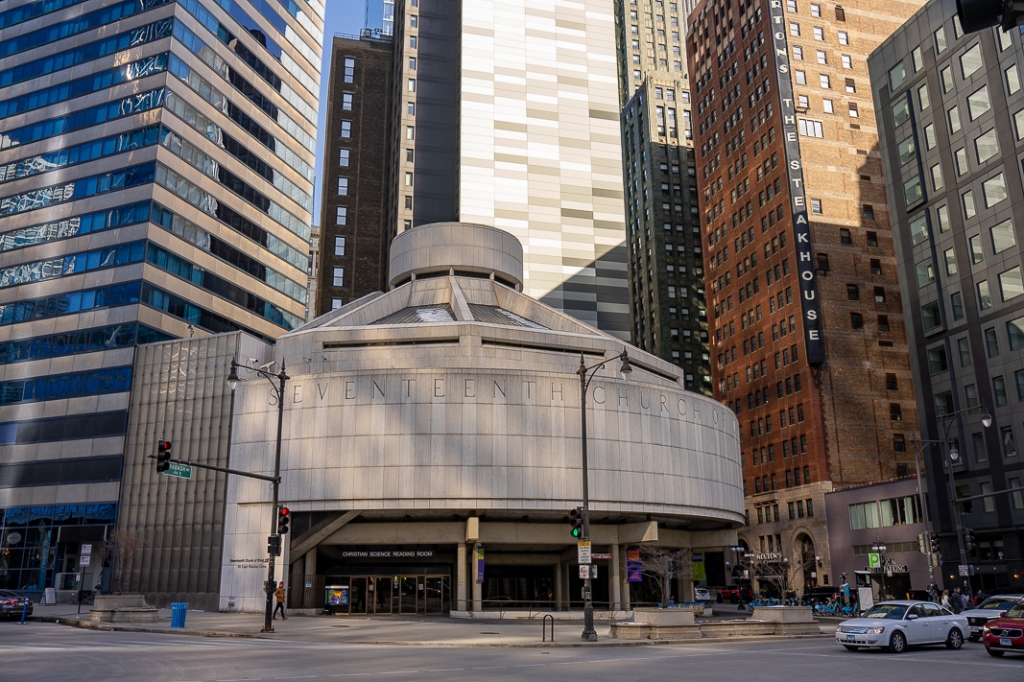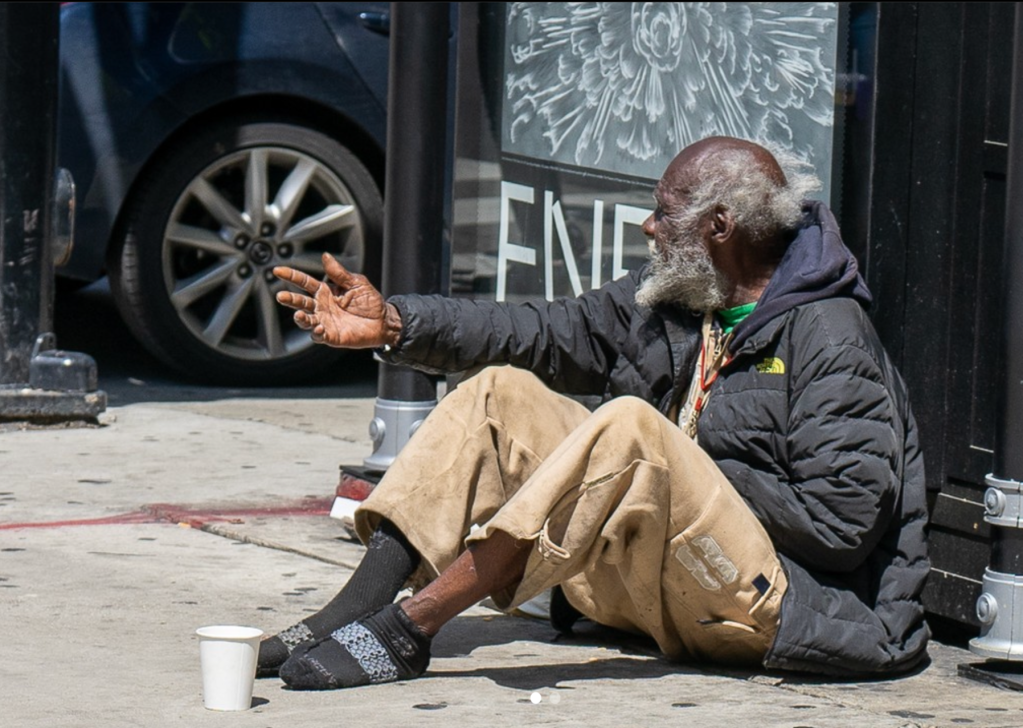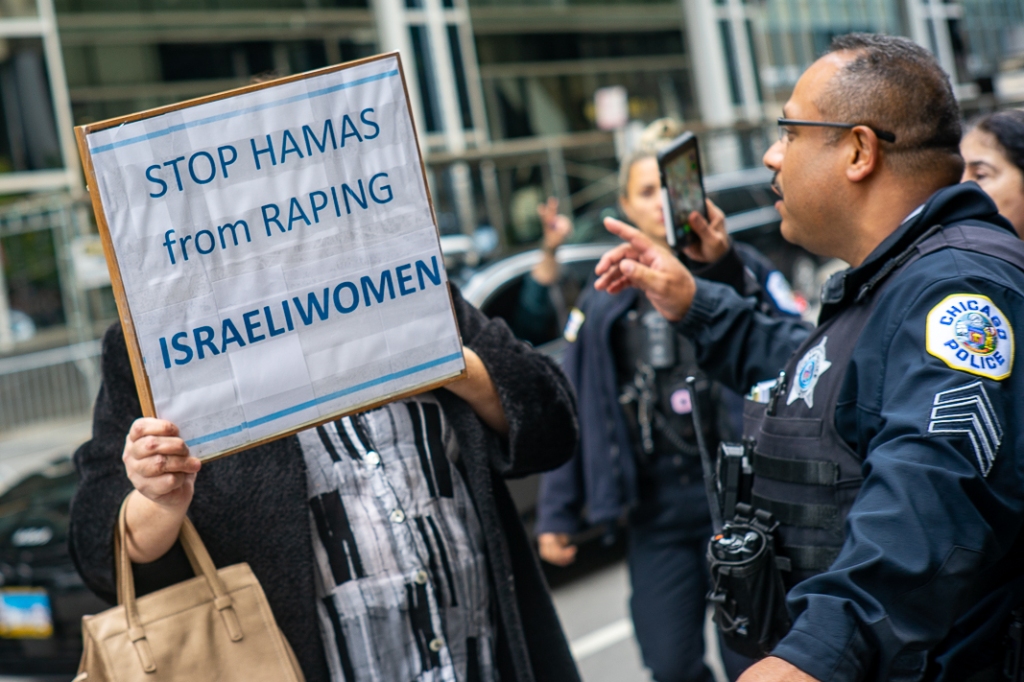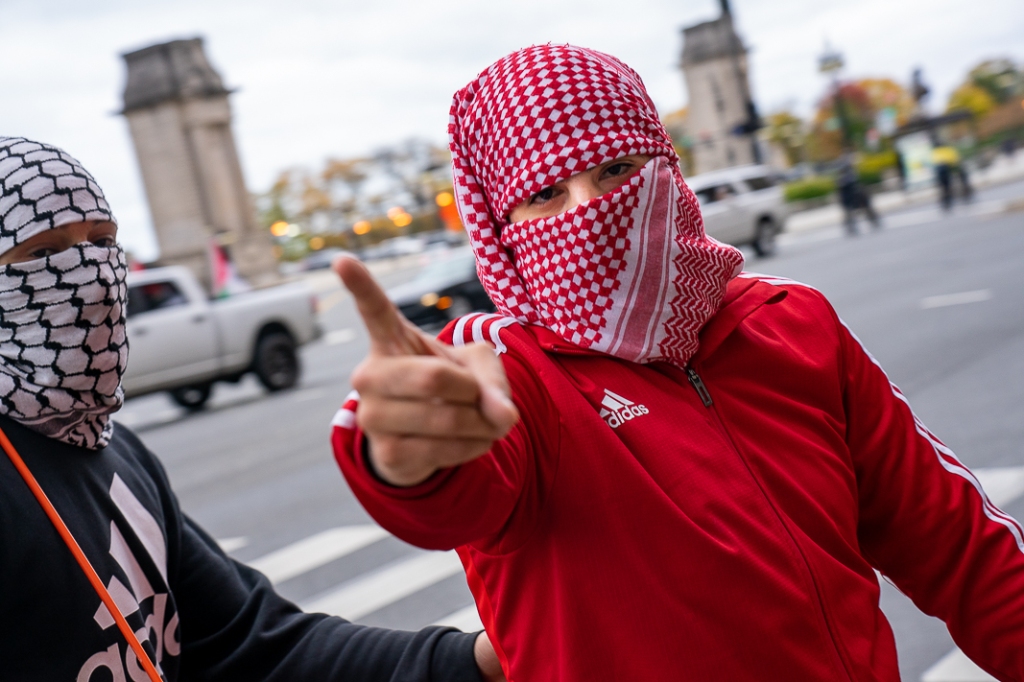
Watching the current protests occurring on university campuses has gotten me thinking back on my own teaching career and the controversies and protests that I lived through at my own campus.
I spent 25 years as an English professor in Los Angeles, and when I moved to Chicago in 2019, I stepped back in my career and sought a part-time position at a community college in the Loop. Unfortunately, a month and a half into my first semester there, politicians imposed the “14 days to stop the spread” lockdown, which ultimately lasted for multiple semesters. It also resulted in my decision to permanently walk away from teaching.
I have no regrets. I simply refused to teach under the circumstances given to us during COVID lockdowns. Remote teaching for an at-risk population with limited resources, such as at Harold Washington College, was useless. Maybe not for all classes but certainly for a developmental English course. So I refused to participate.
When we finally got the green light to return to the classroom, a couple of things proved to me that my time in the classroom was over. One was that everyone on campus was required to wear masks at all times while in the building. For one, I simply refuse to be the mask police. I would never correct a student for not wearing a mask or for wearing one “improperly.” All I would need is one student to complain that I was putting him or her in danger, and that would be it for me.
For another, I refused to teach wearing a mask. My teaching philosophy requires, first and foremost, developing a trusting relationship with my students. This is necessary in a class when I am asking students to be their most vulnerable. Because there are few things more vulnerable than to write and to hand that writing over to someone for their “judgment.” If I want students to take risks with their ideas and their writing, they absolutely must trust that I have their best interest at heart. And that is not easy when working with a group of students who typically do not believe in themselves and in their abilities and who have families who feel the same. That is not easy with students who have not been prepared for college and who have been allowed to pass through high school without having to prove any competencies. That is not easy with students who have never been held accountable academically.
To wear a mask that builds a wall between us, that hides our expressions, that creates disconnection, that is a visual representation of our fear, and that symbolizes our compliance, was unacceptable to me. I couldn’t do it.
The second reason to call it quits was that the world clearly changed pretty dramatically in the COVID years. Right before the semester started, I was emailed a sample syllabus for one of the classes I was assigned to teach. This is typical. Every college requires information that must be included in the syllabus for each class. And then every department has its own requirements that must be included. After that, the instructor can add his or her own policies. Over the years, I worked hard to keep my syllabi to two pages, front and back, plus a semester-long, class-by-class calendar. The semester we were to return to the classroom, the department chair sent me the sample syllabus with the requirements. And it was 19 pages long. Yes, 19 pages long.
After I got over the ridiculousness of that, my first thought was fine. I will post that on my class website, but I will print out a two or three page version to pass out in class. Can you imagine walking into a classroom and being handed a 19+ page syllabus on the first day?? No one would ever read that. Which means it would simply serve as a “gotcha” for students who happen to fail to follow some obscure rule.
But then I read through it, and I could not abide by it. In addition to all of the new COVID requirements were pages of pronoun policies. And that was that. I decided I wasn’t going to play. So I put in my resignation immediately, and that was it: the end of my college teaching career.

But every now and then, I do get nostalgic. It was the absolute best career. Probably most importantly, it gave me the flexibility to be around when my kids were growing up. But a close second is the absolute joy of working with young people, having high level conversations, and watching when the light bulb goes off as they learn. I also loved the opportunity to be a mentor. And never mind the satisfaction of learning every day while we as a class struggled through an analysis of current events or our interpretations of Anna Karenina.
Times were not always easy, however. I watched things change over those years, and not always in good ways. I saw trends come and go. I saw the failure of a K-12 education increase each passing year. I witnessed an ideological takeover of the campus. I witnessed targeted racism as a means of gaining power. And not the kind of racism you might think. It was Chicanos accusing blacks and whites of racism. I witnessed new professors claim that requiring students to write essays was oppressive. Yes. Those were some crazy times.
But I could never do it today. It’s even crazier.
So I have been thinking about some of my best days in the classroom, and four immediately came to mind, one of which was my very last day teaching. Some are dramatic, and some are mundane. I share those days here!
One
My English courses always included a research paper requirement. I never gave students a specific topic to write about. Instead, I required that they tackle a “controversial” issue, which meant something that people argue about on both sides. And I had to provide approval for their topic.
That approval was important because so often students would submit topics such as “breast cancer.” Then I would have to explain that breast cancer is not controversial. No one is out picketing in favor of breast cancer or demanding that we need more breast cancer. However, if the student had a particular interest in that topic, perhaps they could come up with something within the world of breast cancer that is controversial: such as an experimental treatment or the practice of a prophylactic mastectomy.
Back in the early 2000s, gay marriage was one of the most popular topics for research papers. It was so popular that it became a cliche, and I needed to encourage students to think of something more original, something that no one else would be writing about and something I hadn’t already read about.
One semester, a student submitted the adoption of infants by gay couples as a topic. She was the first to tackle that topic in one of my classes, so I wholeheartedly approved it. She went into the project knowing she was against it, which was fine. I didn’t care if students already had an opinion on their topic. But they were required to include opposition arguments and their responses to them in their papers. I wanted to make sure that they at least considered both sides of the argument.
The semester marched on, and one day right before class, this same student knocked on the window of the classroom door and motioned me to come out into the hall. When I got out there, she broke down crying. Oh no!
Many of the students on our campus came from difficult backgrounds and dysfunctional home lives, so a student in crisis wasn’t necessarily shocking. I put my arm around her and asked what was wrong, expecting her to tell me why she would be missing class today. Instead, she was upset about her research paper. Turned out, after collecting all of her research, she had changed her position on the gay adoption of infants. When she began the process, she was firmly against it, and her family was against it. She thought gay people should only adopt older children. But now, going against everything she was raised to believe, she changed her mind and thought gay couples should be able to adopt infants.
By the way, one of the things I prided myself on was not allowing my own opinions to interfere with the conclusions the students were coming to. It was completely irrelevant to me whether or not I thought gays should adopt infants. And the student had no idea what my opinion was. All I cared about was for them to honestly consider both sides before coming to a conclusion.
That was one of my best days teaching.
Two
Another one of my best days happened during my tenure at the same college. In addition to requiring a research paper, I also usually required reading a novel. For selfish reasons, I changed the novel that I assigned every year. That way, I could take the opportunity to do a deep dive and become a student on each new book myself.
This semester’s particular novel was Anthem by Ayn Rand. The class was a remedial English class, so expecting students to read a novella of 100 pages was a very reasonable expectation.
The best part of assigning a novel, at least for me, was the ensuing class discussion. (I really miss those!) The only problem was that a good class discussion required that the students actually read the book. Typically, at sometime during the semester I would give a pop quiz to check on whether or not students read an assignment. Because honestly, if they aren’t reading the assignments, then there is no class discussion. The only alternative for me would be to drone on in a lecture about something that students wouldn’t even know what I’m talking about. Usually doing this once ensured that going forward most students would do the readings.
This particular semester, on the day students were supposed to have finished reading Anthem, I gave a one-question pop quiz. I wrote on the board, “How does the book end?” Then I asked students to write their answer on a piece of paper and then bring it to the front of the class. Out of thirty students, only ten had read the book.
Then, as I did every semester when I gave this pop reading quiz, I quickly went through the papers and put them in two piles: one of right answers and one of wrong answers. I then read out the names of those who got the right answer and announced that if I did not call their name, they were given permission to miss the rest of class.
And as happened every semester, those whose names I did not read let out a cheer, gathered their belongings, and raced out for an early start to their weekend. Then the ten of us who were left moved our desks into a circle and began a discussion of the novella and of the difference between collectivism and individualism.
I don’t remember the details of the conversation, but I know that I was on such a high when that class was over. I was looking at ten very engaged students, each willing to share their thoughts on what they read and on the themes of the book as well as possible applications to the real world. I left that classroom so happy, reminded of exactly why I had chosen this profession.
And here is a P.S. because life is funny. When I walked out of the classroom, the Dean of Students was waiting for me. One of the students who had not read the book had gone straight to his office to complain that I had embarrassed him because it became obvious to the class that he hadn’t read the book. The dean scolded me, explaining that I needed to appreciate just how hard his life was, that he simply didn’t have the time to read assignments for my class. After a two-hour meeting, I walked out of his office, went straight to the president’s office, and quit my tenured professorship with only two weeks left in the semester.
But even so, that was a great day teaching!

Three
When I quit my professorship, I was frantic to find a job because I was a single mom with a mortgage and two children attending private school!
I got a job teaching middle school, believe it or not. And this is where the next best day comes from.
I was teaching seventh grade English, and one of the required books was Elie Wiesel’s Night. As part of the lesson, the entire class took a trip to the Los Angeles Holocaust Museum. I had three classes of students who were well prepared for the visit and who were excited to go to the museum. During the organized tour, an actual Holocaust survivor, Dorothy Greenstein, took the time to speak to groups of students as we made our way through the museum. The group I was with was the last to sit with Dorothy, a woman in her eighties who hid in the floorboards of a neighbor’s house before being caught by Nazis and who still had her number tattooed on her forearm.
She told her story to a group of captivated twelve-year-olds. But just as she began, another teacher wandered through the room, bending down and whispering to students and chaperones that we needed to leave immediately and get to the bus. I was mortified. So this Holocaust survivor was sharing her story, and people were chatting and moving around, standing up and then leaving. I was so angry at the level of rudeness.
As we walked out, the woman from the museum who was in charge of the school groups stood by the door. I pulled her aside to apologize on behalf of our group for walking out on Dorothy’s story. She told me that if we wanted, we could write her letters, that she loves to get letters from students. She would also reply! I immediately decided that yes, I would have all of my students (95 of them) write her letters. But I would also let her know that she could just write us one letter back that I would share with my classes.
The next day in class, I told my students about what had happened with my group and that I thought we should write her letters. They were all on board! And when they went home to tell their parents about the assignment, many had valuable discussions with their parents, and some learned about their own family history with the Holocaust.
I collected the letters, put them in an envelope with group photos of each class, and mailed them off to the Museum of Tolerance.
A month later, I got called to the front office. I had mail.
In the envelope I picked up were 95 letters from Dorothy, each individually handwritten in a note card. I don’t think any two of the note cards were the same. And each one had a different message describing different parts of her experience. I was blown away.
I brought the cards to my classes, and handed them out as they were addressed to each student. They were as shocked and excited as I was. Which made me unbelievably happy. None of this had been wasted on them.
One of my students had an idea. She wanted to make a scrapbook of the cards. We had every student make three copies of their card, and she took those copies and made three scrapbooks. She kept one, I took another (which I still proudly have on my bookshelf), and we drove down to the museum to present Dorothy with the third.
I am still overwhelmed thinking about that.
Four

The last experience I want to discuss occurred on the very last day I spent in a classroom. My last day was March 19, 2020. I was teaching a developmental English class at the community college in Chicago’s Loop.
I had been assigned this particular class only a couple of weeks before the semester began, which meant that the required books had already been ordered. And that meant I would have to use those books. One of the books was Trevor Noah’s Born a Crime. I groaned when I learned I had to use that book.
Typically, I like to choose books that are more academic and that are considered “classics.” In my view, students aren’t challenged enough as it is and the more exposure to literature that has stood the test of time (vs currently on the NYT Bestseller list!), the better.
But I also pride myself on being able to find value in pretty much any book and to uncover important lessons and/or themes as well. So I took a weekend before the semester started to read the book.
I decided I would focus on the fact that the book is about the author’s life in South Africa as a child during Apartheid. My first lesson would cover the intro to the book and would include a history lesson about South Africa. I began class asking if anyone knew anything about Apartheid. I do want to add that the class of 16 included 12 African Americans. Only one hand went up, as I suspected. More on that student later.
The lesson began with a video of a stand-up routine by Trevor Noah and a short documentary about Apartheid along with some comments I had prepared. When I finished, I called on the student who raised her hand. I already knew that she would know all about Apartheid. She was sixty-five years old and a midwife from Ghana. She had not been in the United States for very long.
I turned over the class to her at that point. She proceeded to tell the story of her life, the story of friends in South Africa, and the story of what Apartheid was really like. By the end of the class, she had people in tears. No one wanted to leave, and hugs were shared all around.
That was the last time I ever saw any of them. The college was closed two days later.
And this is one reason I refused to continue as a remote teacher. What happened that day in class could have NEVER happened if class had been remote. Never. And that day epitomized the reason I was teaching.
That was an incredible day. And an amazing way to end my career.

All three available on Amazon

